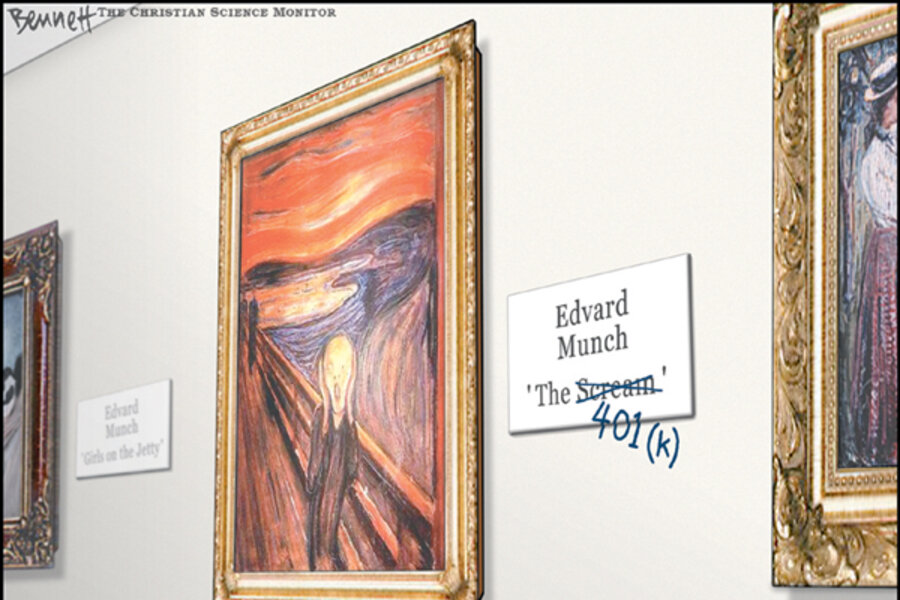Why auto-enroll 401(k)'s could reduce your savings
Loading...
For the past decade, policymakers and pension experts have encouraged employers to increase worker participation in 401(k) plans by automatically enrolling their employees in these retirement programs. And it works. One study concludes that participation among new hires nearly doubles—from less than half to nearly 90 percent—when workers are auto-enrolled.
But important new research by the IMF's Mauricio Soto and Urban Institute’s Barbara Butrica finds there may be a downside: While more employees enroll thanks to the opt-out design, their employers are likely to match less of their contributions. And that might actually reduce the level of overall pension contributions for some workers. No good deed, as they say, goes unpunished.
In many ways, auto-enrollment makes a lot of sense. Because inertia is so powerful, new workers often don’t bother to fill out the paperwork to participate in 401(k)s. But if their employers sign them up, few workers take the trouble to disenroll even though they are allowed to do so. The 2006 Pension Protection Act as well as 2009 Internal Revenue Service regs are intended to further encourage employers to auto-enroll their workers.
The idea was catching on even before those policy changes. The percentage of 401(k) plans with auto enrollment boomed from just 4.2 percent in 1999 to almost one-quarter in 2006. More than 40 percent of firms with 5,000 or more employees automatically enroll their workers. Employers typically match 50 cents for every dollar their workers contribute, up to 6 percent of salary. And, according to a 2006 survey, half of firms said their main reason for offering auto enrollment was to encourage retirement savings.
But Mauricio and Barbara found that employer match rates are about 7 percentage points lower for opt-out plans. They can’t say for sure whether auto enrollment causes lower match rates. But it sure is possible. After all, if more employees participate, their employers will have to spend more to match their contributions. Whatever the cause, it seems that while auto-enrollment may increase the number of workers with 401(k)s, it won't necessarily boost their retirement savings.
Add/view comments on this post.
------------------------------
The Christian Science Monitor has assembled a diverse group of the best economy-related bloggers out there. Our guest bloggers are not employed or directed by the Monitor and the views expressed are the bloggers' own, as is responsibility for the content of their blogs. To contact us about a blogger, click here. To add or view a comment on a guest blog, please go to the blogger's own site by clicking on the link above.





